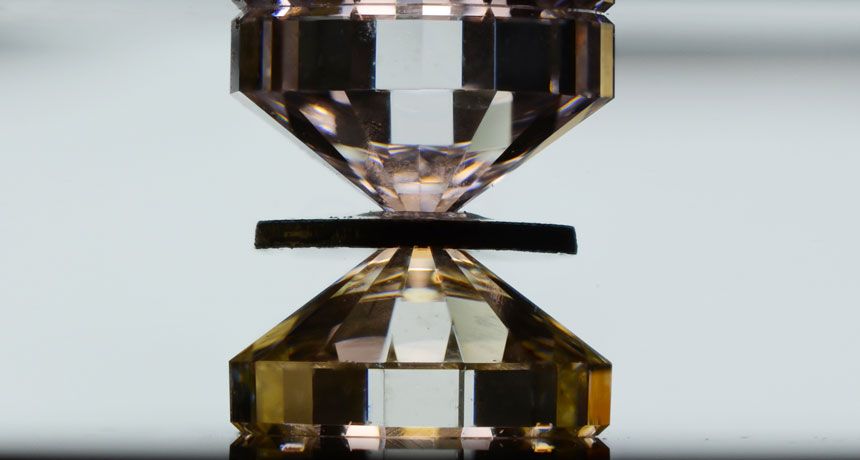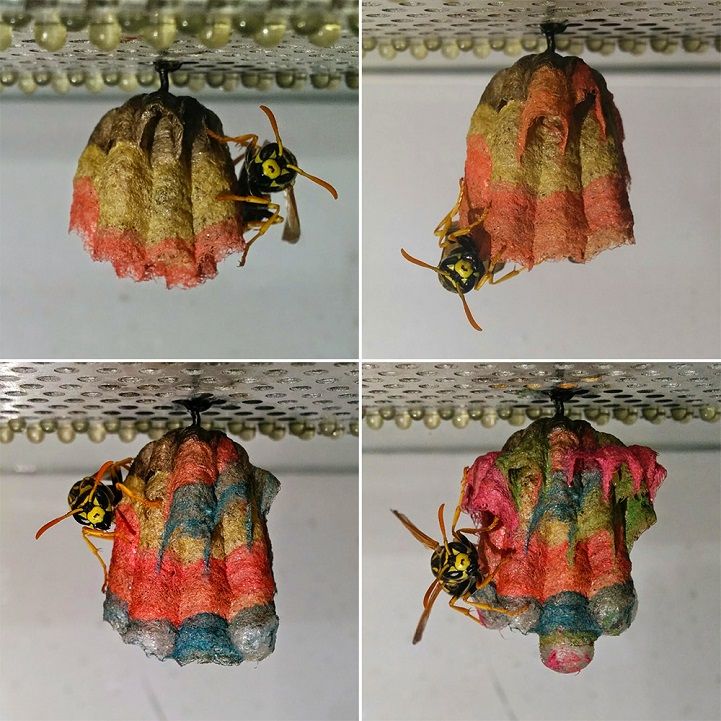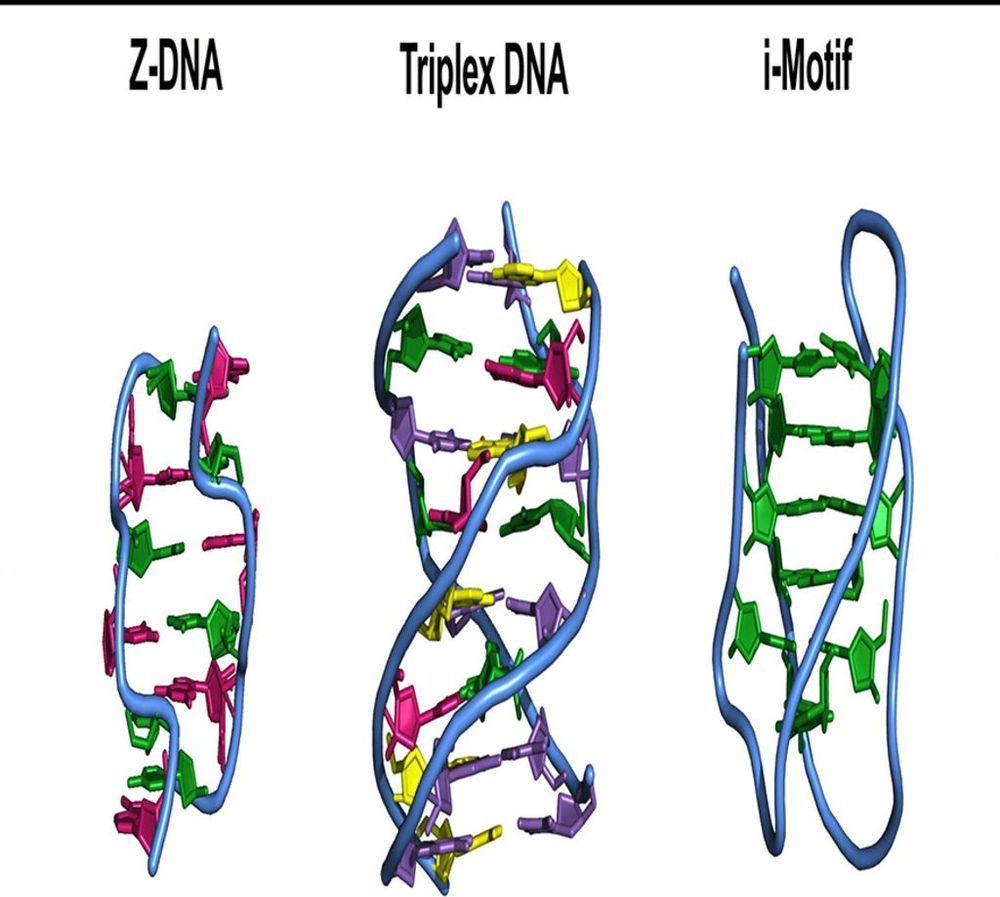Aging is just natural, while rejuvenation therapies aren’t, but does this mean we should accept aging as it is and forget about rejuvenation? Not at all, and as Nicola explains in this video, just because something is natural, it’s not also automatically good for you.
Learn more about our conference in NYC:
https://www.leafscience.org/ending-age-related-diseases-adva…ects-2019/
SECURE YOUR TICKET HERE:
https://www.eventbrite.com/e/ending-age-related-diseases-201…3207520125
Liked the show? Let us know on Twitter at https://twitter.com/lifespanio or our Discord server at https://discord.gg/HwTX7gR
Facebook: https://www.facebook.com/lifespanio/
LinkedIn: https://www.linkedin.com/company/lifespanio
Instagram: https://www.instagram.com/lifespan.io
Website: https://www.leafscience.org/
Stock contents: Shutterstock.com, Videoblocks.com








